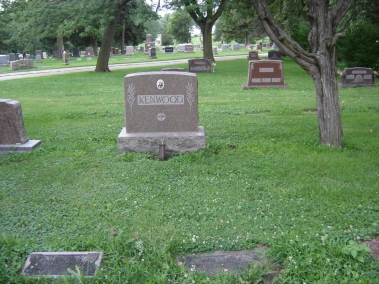So, I am spending two blogs talking about a pilot who flew the air mail in the east for less than two years. But since Eddie Gardner found a home in Nebraska after his time flying the mail, and because he crossed paths with my dad’s life work I figure that its justified.
When we left Eddie Gardner he was working for an airplane manufacturer in Lincoln, Nebraska. This is noteworthy because private manufacturers provided the third major source of employment for pilots in the Post World War I era (the military and the Post Office being the other two). Throughout the 1920s, dozens of people tried their hand at turning aviation into a small business with varying degrees of success. Many of these companies eventually disappeared or consolidated to form larger airlines or were bought out by larger companies.
In May of 1921, Gardner got the chance to showcase his considerable skills and show off a company plane at an airshow in Holdrege, Nebraska. The Holdrege Progress noted that he performed several times throughout the day, and took off at about 4:30 to take part in a contest for stunt flying. He made a series of loops, then went into a tailspin. Imagine a plane streaking towards the ground, then at the last possible moment pulling up 90 degrees and making a textbook landing. Gardner misjudged the last possible moment. The consensus of the other fliers, according to the Holdrege Progress newspaper, is that Gardner started his dive at about 3,000 feet and began to pull out of it at about 50 feet…about 20 feet short of what would have been required for a successful landing. The plane plowed into the field.
Gardner survived the crash, seemingly in pretty good shape. He survived a train ride to Lincoln where he went to a hospital to be monitored for internal injuries. He died the following morning. Some newspapers mentioned that is wife was present, although the Holdrege paper states that he had no wife, and was survived only by his mother and sister in Joliet, Illinois. In any case, his relations brought his body back to his home state of Illinois, and he is buried in Plainfield.
**Special thanks to the Holdrege Museum and the Holdrege genealogical society for sending me information on Eddie Gardner.


 Original tag from plane piece. Photo by Joan Shurtliff.
Original tag from plane piece. Photo by Joan Shurtliff.
 A field near Benedict.
A field near Benedict. The Benedict Post Office.
The Benedict Post Office.





 A field west of Marquette.
A field west of Marquette. A field north of Marquette.
A field north of Marquette.